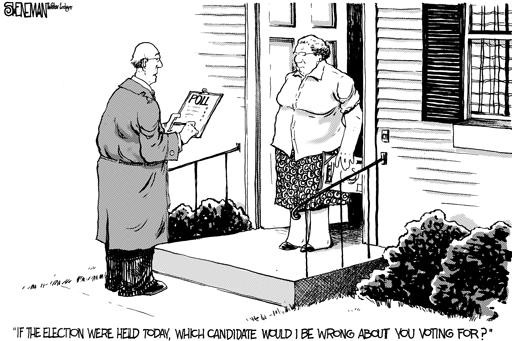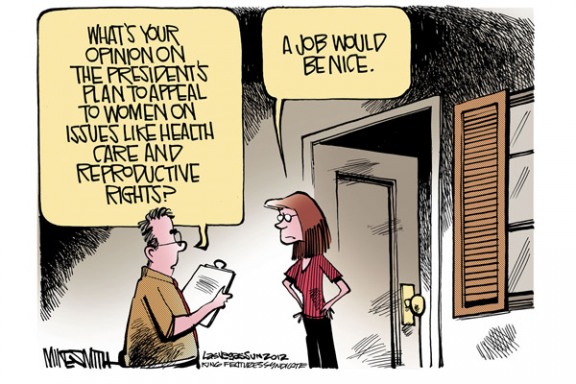 The Evolving Political Landscape:
The Evolving Political Landscape:
The American political landscape has been radically altered. Unlimited campaign contributions enable super PACs, 501(c)(4)s, campaign staffs, and political organizations to simultaneously flood the airways with messages. Campaigns are overwhelmed by endless data, which is processed and neatly packaged for sound-bites and TV ads in the hopes of changing voter perceptions, climbing the polls, and maximizing fundraising. These efforts are typically reactive, focus on instant results, and often exploit voter anxiety or fear. To manage these challenges, campaigns hire name brand political consultants and apply traditional techniques such as polling and focus groups.
Today’s political landscape requires a more nuanced approach to address these challenges. Campaigns seeking a competitive advantage must avoid short-term pressures and implement long-term strategies that tap into the core identities, values, and beliefs of individuals and communities. With specialized analysis, candidates can pinpoint identities of specific constituents and design tailored narratives that offer a deeper connection to voters. Developing personal relationships with diverse constituents shapes perceptions, increases turnout, and wins elections.
“Political insiders like to believe that they know everything about the issues and images that surround a campaign.”
Political Opinion Research:
Political opinion research is a substantial line-item expenditure in any campaign, and polling is the cornerstone of opinion research. In the third quarter of this year, Hillary Clinton spent $25.8 million, of which $1.2 million, or approximately $13,000 per day, was spent on polling. Polls are quantitative scientific measurements of public opinion based on random samples, and serve as the primary measure of campaign effectiveness; however, they are too often rigid in structure, provide only a snapshot in time, and are unable to forecast election outcomes. And while traditional polling methods have long been the primary means of gathering data, they are not designed to shape public opinion, mobilize voters, or determine elections results.
 Opinion research is more than just numbers: unlike polling, focus groups provide a qualitative measure of identity, values, and attitudes that are not easily quantified. Qualitative research provides deep insight into behavioral and emotional responses that are difficult to capture during telephone polling, which is why many campaigns utilize focus groups to develop and refine surveys and messaging. Campaigns that integrate qualitative analysis into their data collection and analysis are also able to make their communications strategies more cost-efficient and effective.
Opinion research is more than just numbers: unlike polling, focus groups provide a qualitative measure of identity, values, and attitudes that are not easily quantified. Qualitative research provides deep insight into behavioral and emotional responses that are difficult to capture during telephone polling, which is why many campaigns utilize focus groups to develop and refine surveys and messaging. Campaigns that integrate qualitative analysis into their data collection and analysis are also able to make their communications strategies more cost-efficient and effective.
Technology to Uncover Identity and Optimize Narratives:
A systematic process to optimize qualitative and quantitative analysis for campaigns exists. ENODO Global’s Social Alignment Cubed (SA³) operating platform combines qualitative and quantitative analytical disciplines to identify the core identities, values, and beliefs of a target group. Originally designed for Special Operations Forces to influence behavior and shape security environments, it has been refined for political campaigns seeking to understand voter identity and influence campaign outcomes.
SA³ seamlessly integrates into various levels of a campaign structure. It filters and synthesizes data already available from polling, focus groups, news outlets, and social media to deconstruct a target group and pinpoint its dominant identity. Target groups include, but are not limited to, race, ethnicity, gender, age, and socioeconomic conditions. ENODO then collaborates with clients to design narratives that activate the dominant identity of each target group. Narratives tell a story that trigger voters’ identity, which shape perceptions or mobilize them to vote in a certain way.
“The campaign that wins isn’t always the one with the best candidate, it is the one with the best narrative and strategy for communicating it!”
Operating Platform Application:
ENODO’s operating platform delivers the greatest impact when integrated into long-term strategies that are applied to a specific constituency or geography. SA³ is most effective in urban centers where individuals who share common identities and beliefs form communities. In densely populated cities and low-income communities, communal identity is not only prevalent but often supersedes individual identity. Political organizations that apply the ENODO platform to these areas can pinpoint the dominant communal identity and communicate powerful narratives that resonate with large segments of the population.
According to politifact.com, Mitt Romney won 72 of 88 counties in Ohio during the 2012 presidential campaign; despite this achievement, he received zero votes in 17 of Cleveland’s 20 precincts. Census data illustrates that African Americans comprise 90% of the voting age population in 15 of those precincts. ENODO’s operating platform, when applied to the African American constituency in these precincts, pinpoints the dominant communal identity. This enables the creation of powerful, tailored narratives that over time shape perceptions, beliefs, and attitudes. When employed early in the campaign cycle, and in districts with previously lopsided outcomes, the platform delivers the most transformative results.
Conclusion:
Reliance on traditional techniques in today’s complex social and political landscape is a recipe for the status quo. ENODO Global has the solution: an innovative data-analysis platform for electoral politics. The platform uncovers individual and communal identity used to persuade the movable middle. ENODO then designs tailored narratives that trigger behaviors for the most decisive issues without relying on fear politics. Incorporating a systematic process that pinpoints the dominant identity of a specific demographic into campaign strategies enables political organizations to:
• Optimize their narratives
• Access diverse social networks
• Influence large segments of the population
• Maximize fundraising and target funding
• Build long-term relationships with voters
• Shape the immediate and future political landscape

